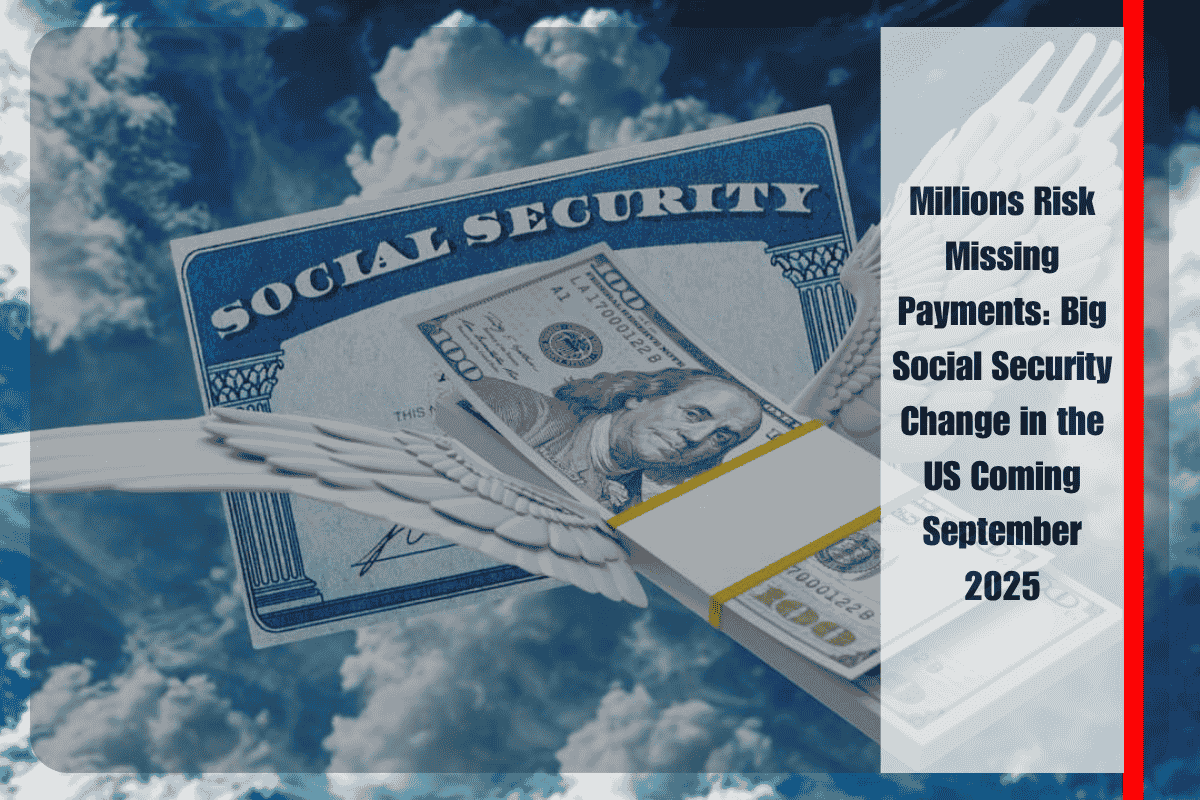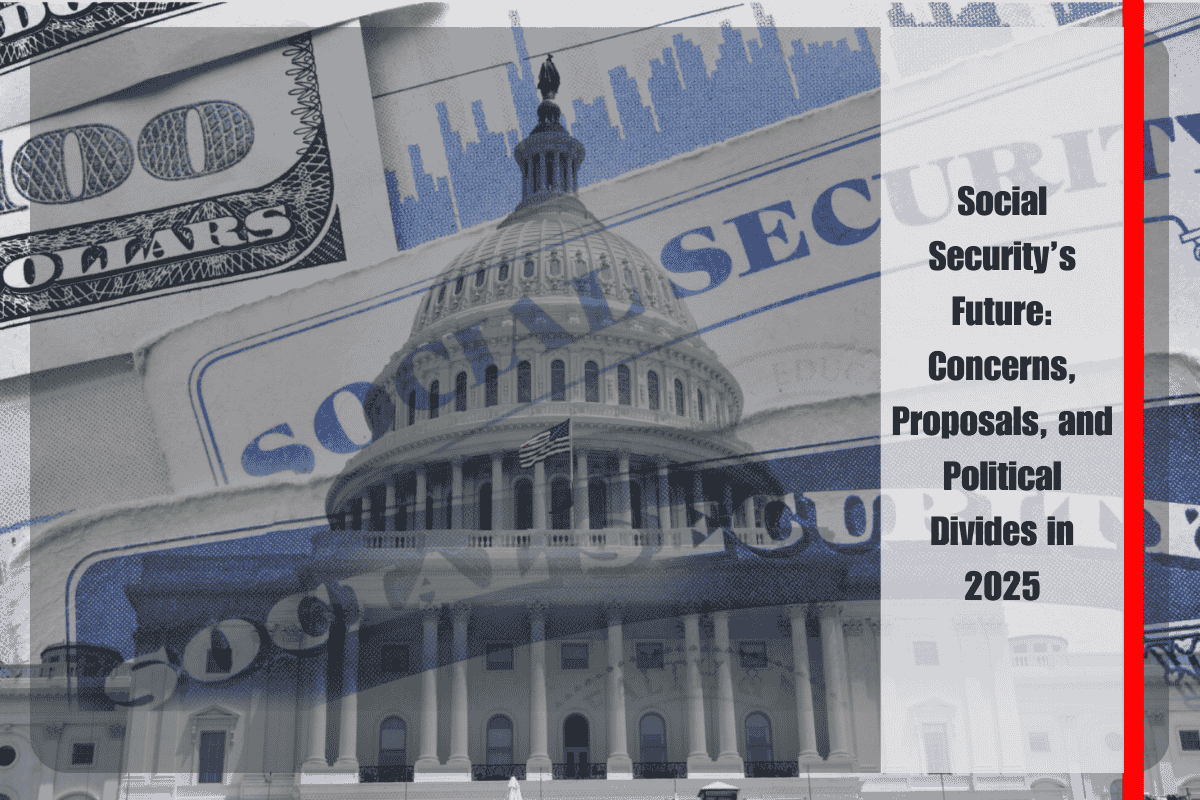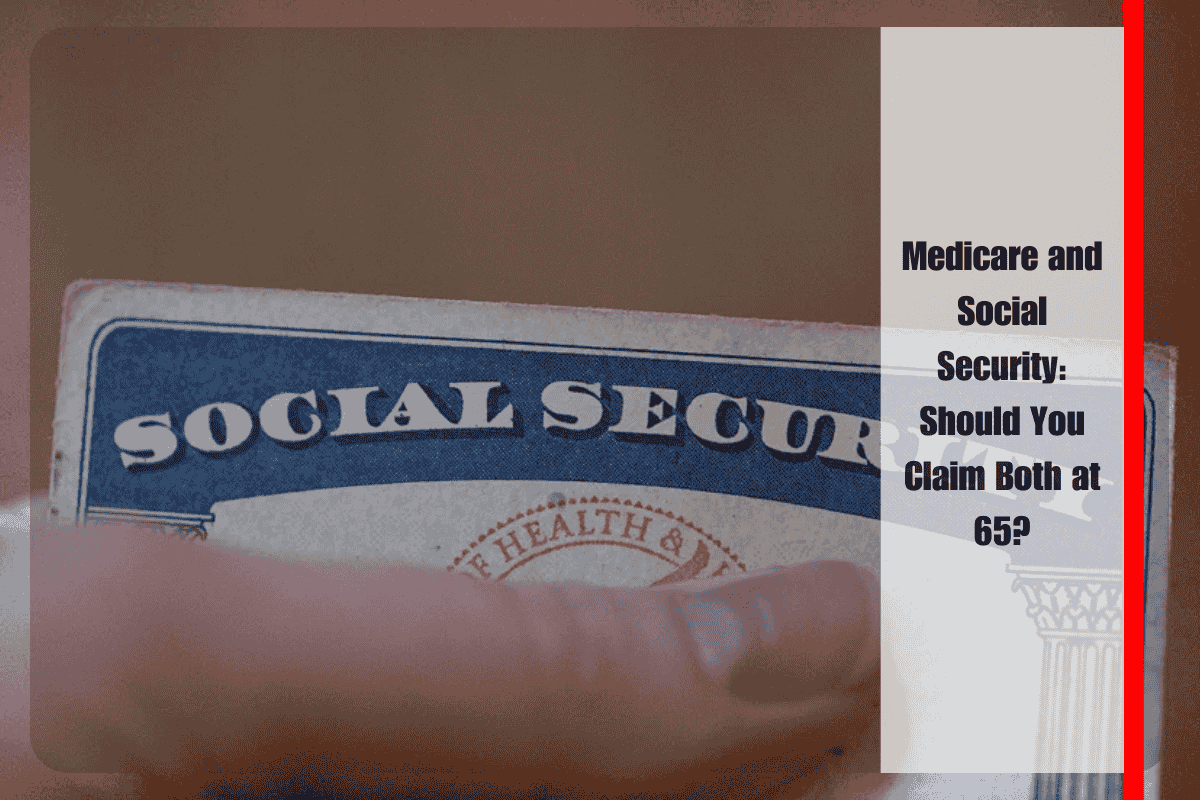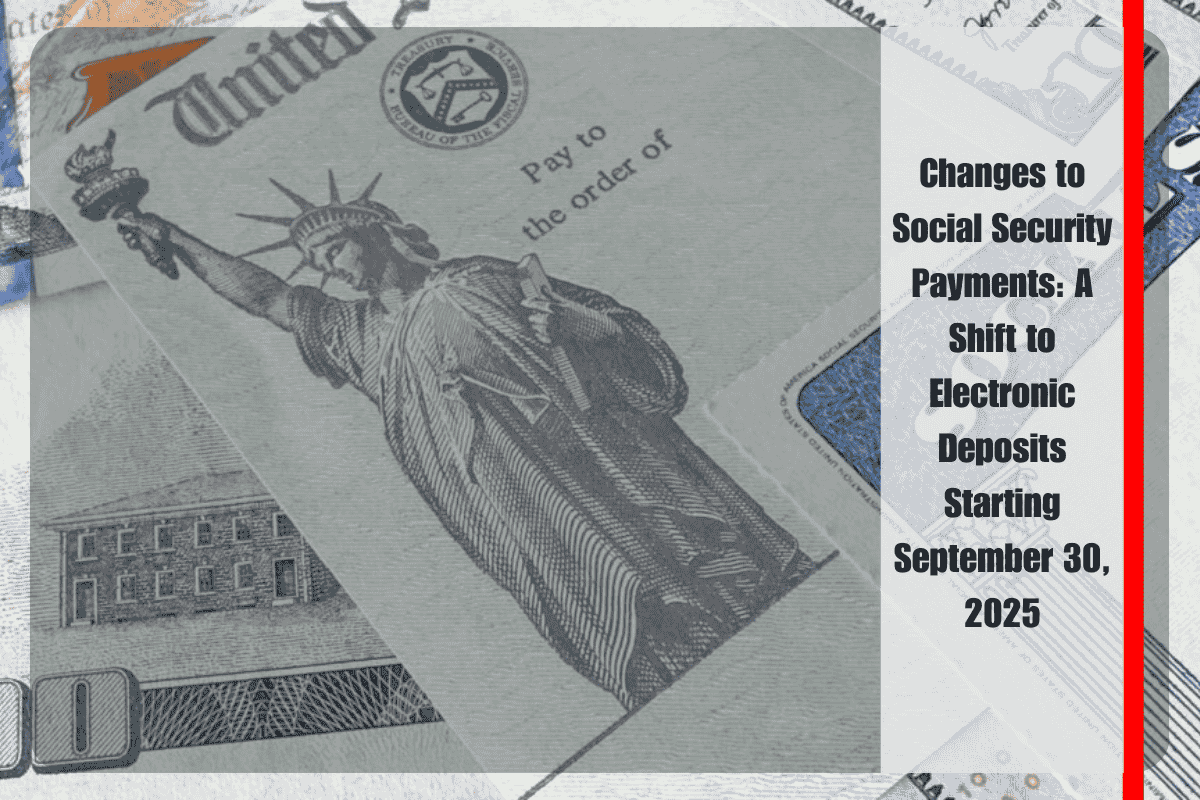As America moves to modernise how money is sent to people, a big change is coming for those who receive Social Security Disability Insurance (SSDI) or Supplemental Security Income (SSI). The Social Security Administration (SSA) has announced that from 30th September 2025, paper checks will stop completely. If you still get your money by check and don’t switch to electronic payment before this date, you may stop receiving your monthly income.
Why This Change Is Happening
This shift is part of a government order called “Modernizing Payments To and From America’s Bank Account.” The main goal is to make payments faster, safer, and cheaper. Right now, it costs about $1 to print and send a check, but only $0.10 for an electronic payment. Over the next ten years, the government expects to save nearly $1 billion.
People receiving Social Security can now choose how they want to get their money: through direct deposit into a bank account, a Direct Express prepaid card, or digital wallets.
Who Will Be Affected?
As of July 2025, about 493,775 Americans—almost 9% of all Social Security recipients—still receive paper checks. This group includes many senior citizens, people with disabilities, and those who don’t use banks regularly. The SSA is urging them to act now and switch to electronic payments before the deadline to avoid losing money.
People can make changes by logging in to their “My Social Security” account online, calling the SSA, or visiting a local office. The SSA has clearly said they want to avoid delays in payments because of incomplete paperwork.
Are There Any Exceptions?
Yes, but they are very limited. Only people facing serious hardship, those without access to any kind of bank or digital payment method, or cases that involve national security may be allowed to continue with paper checks. Even then, each case will be checked carefully by the Treasury or SSA. So, unless you qualify for such an exception, switching to an electronic method is a must.
Advocates have raised concerns about the “digital divide.” Many elderly and low-income people may find it hard to use technology. SSA is being asked to offer more help to these groups during this shift.
SSDI Payment Schedule for July 2025
Even during this change, SSDI payments will continue based on the usual birthday schedule. Payments usually come by mid-morning on these dates:
Wednesday, July 3: People who started getting payments before May 1997.
Wednesday, July 9: Birthdays between 1st–10th.
Wednesday, July 16: Birthdays between 11th–20th.
Wednesday, July 23: Birthdays between 21st–31st.
SSI payments for July were sent out on July 1.
2025 Payment Amounts – What to Expect
Thanks to a 2.5% cost-of-living increase in 2025, payment amounts have gone up:
SSI:
Single individuals can receive up to $967 per month.
Couples can get up to $1,450 per month.
(These amounts may be lower if you get help with food or housing.)
SSDI:
The average payment is around $1,580 per month, but most people receive between $1,200 and $2,000.
The maximum anyone can get in 2025 is $4,018, which applies only to certain full-age retirees.
Ignore any false claims saying the maximum is $5,108—it’s not true, according to SSA.
What You Should Do Now
If you still get paper checks, don’t delay. Go online to your My Social Security account and check how your payment is set up. If needed, update it to direct deposit, a prepaid card, or a digital wallet.
If you’re having problems or don’t know how to switch, contact the SSA immediately or visit a local office. You can also talk to local community helpers or legal aid services for assistance.
This change is meant to make things better in the long run—but if you don’t act soon, your payments could be stopped.












